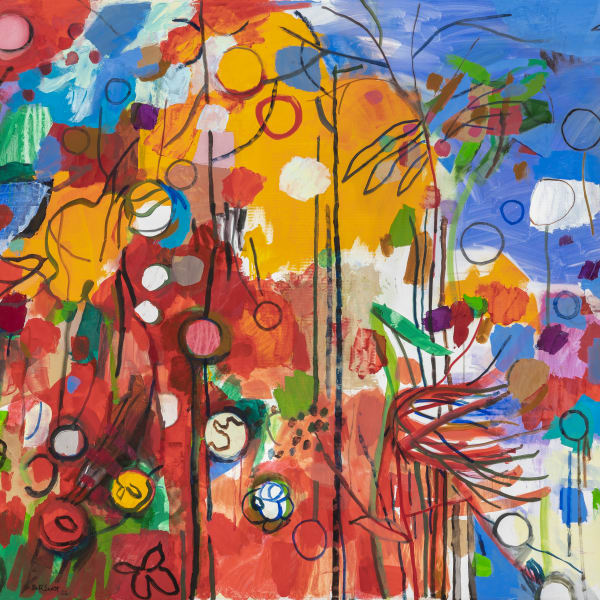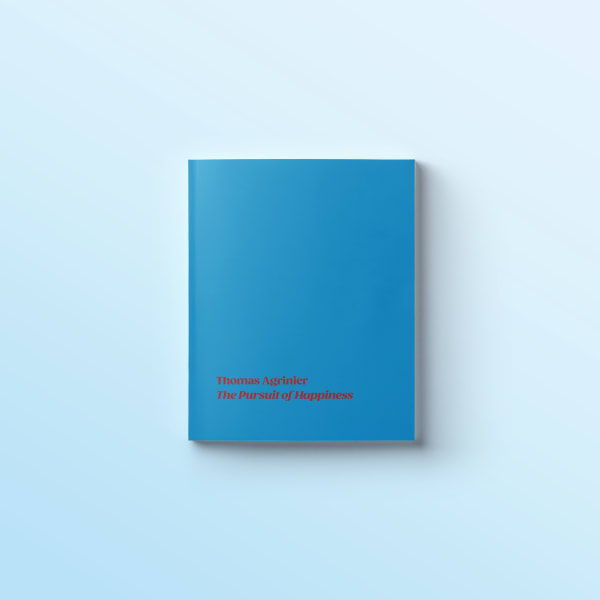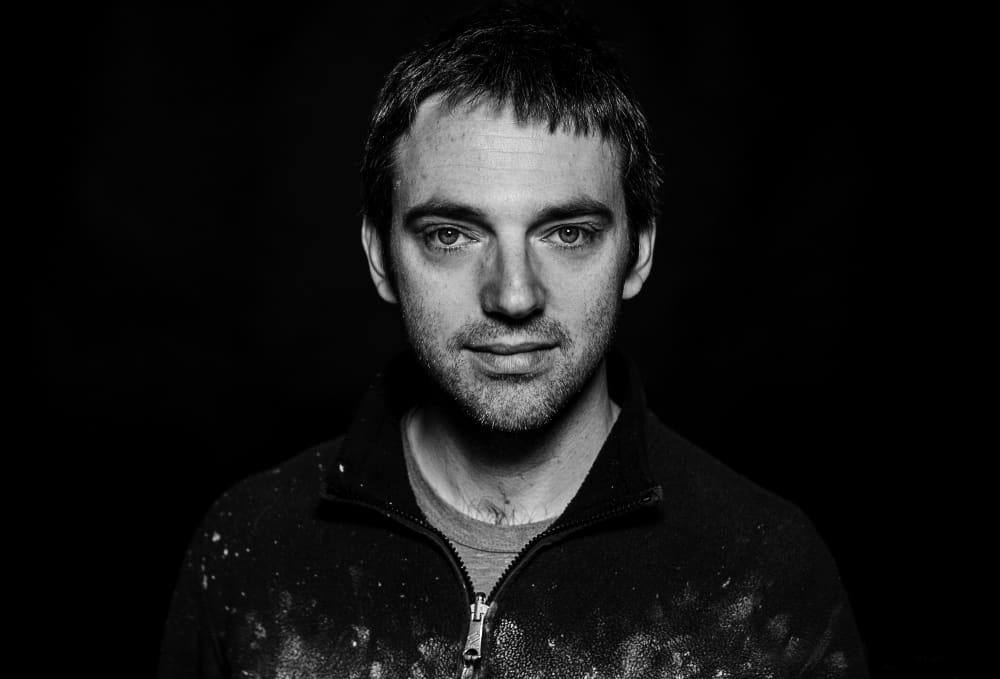
Agrinier’s stories could be the plot of a modern novel or the visual score of an epic that can be read in the performative movement of its forms.
Thomas Agrinier is a self-taught painter whose work touches on many subjects including subjective vision, the body in motion, the complexity of human experience, and themes from art history. His practice reinvigorates the tradition of figurative painting with depictions of action, as a way to represent the inherent instability of life. In contrast to much figurative painting that conveys figures at stasis, frozen in the space and time of the painting, Agrinier’s work pursues a figurative painting that makes the viewer feel their own flesh more viscerally, and thus that represents life itself more fully. His paintings seek to connect the body and the mind by depicting figures as living and constantly in metamorphosis, and often evoke a sense of risk, joy, and play, where the viewer is pulled into a mysterious and highly-charged unfolding narrative.
Thomas Agrinier is a self-taught painter whose work touches on many subjects including subjective vision, the body in motion, the complexity of human experience, and themes from art history. His practice reinvigorates the tradition of figurative painting with depictions of action, as a way to represent the inherent instability of life. In contrast to much figurative painting that conveys figures at stasis, frozen in the space and time of the painting, Agrinier’s work pursues a figurative painting that makes the viewer feel their own flesh more viscerally, and thus that represents life itself more fully. His paintings seek to connect the body and the mind by depicting figures as living and constantly in metamorphosis, and often evoke a sense of risk, joy, and play, where the viewer is pulled into a mysterious and highly-charged unfolding narrative.
An autodidact since the age of nineteen, Agrinier pursued music (guitar and composition) before turning to artmaking. His musical sensibility is evident in his paintings, through their sense of motion and fluidity, recalling how notes of a tune melt into one another. He usually begins his initial compositions by selecting still images from films or photographs he has taken beforehand. Influenced by Peter Doig, George Condo, Pablo Picasso, and Francis Bacon, Agrinier combines his painterly expressionistic style with the hard-edge, block-colored shapes and sly humor of Disney cartoons and Marvel comics. His paintings, with their classic themes and scenes, also deeply reflect his interest in Old Master paintings. Often, the figures in his paintings look menacing and distorted, some of their facial features exaggerated and other parts of their faces pulverized into absolute motion. Such uncanny, grotesque dimensions of his figures nod to the influence of Bacon. Bacon’s particular ability to combine figurative elements with abstraction was also formative in helping Agrinier figure out how he might be able to commingle figuration and abstraction in his own work, yet on his own terms.
Agrinier was born in Lyon, France in 1976. His solo exhibitions include Mark Hachem, Paris; Galerie Estace, Paris; and Galerie Dukan, Paris. He has also shown at BLAM Projects, Los Angeles; Ostrale Biennial for Contemporary Art Dresden; Scope Basel with Galerie Estace; and at Art Paris Art Fair with Mark Hachem. He lives and works in Paris.









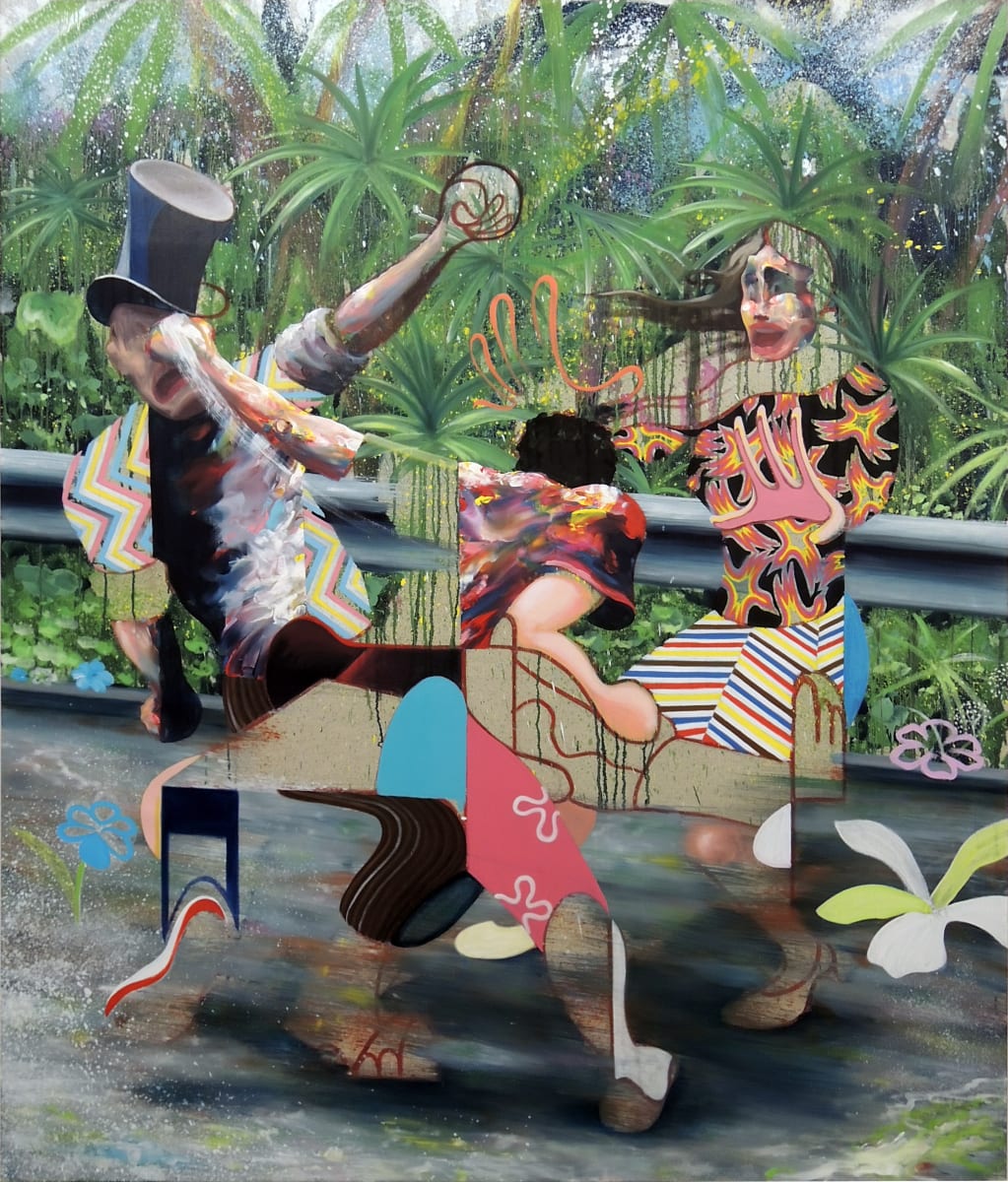









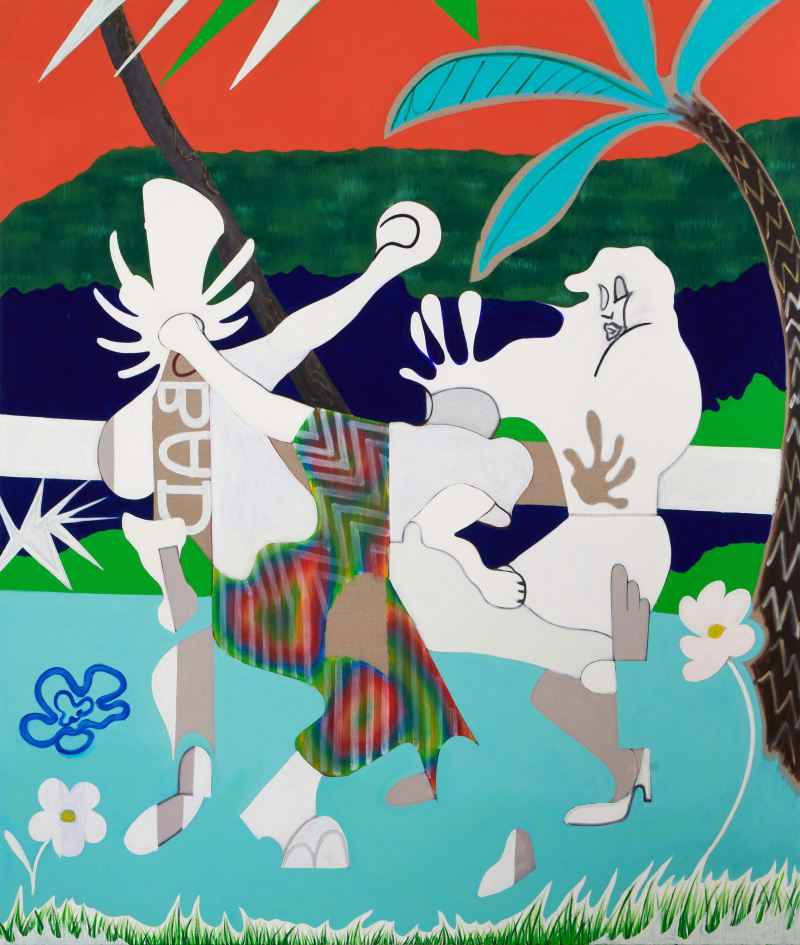

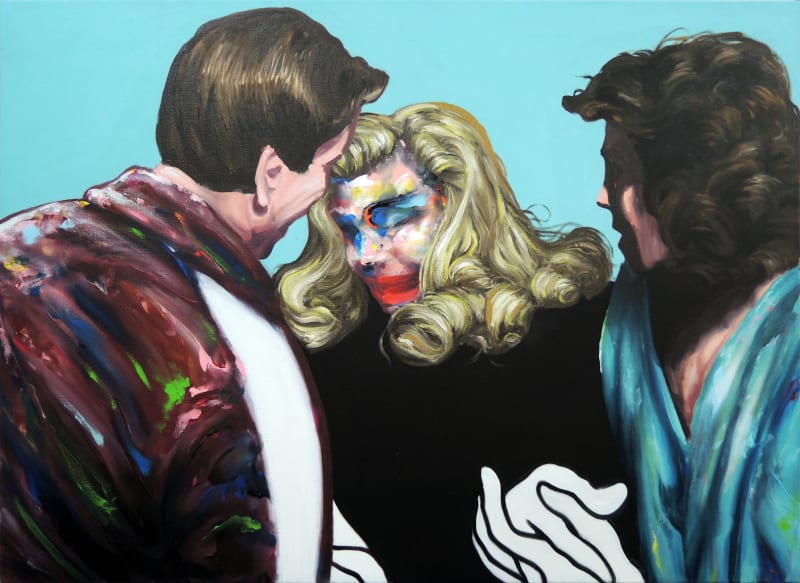

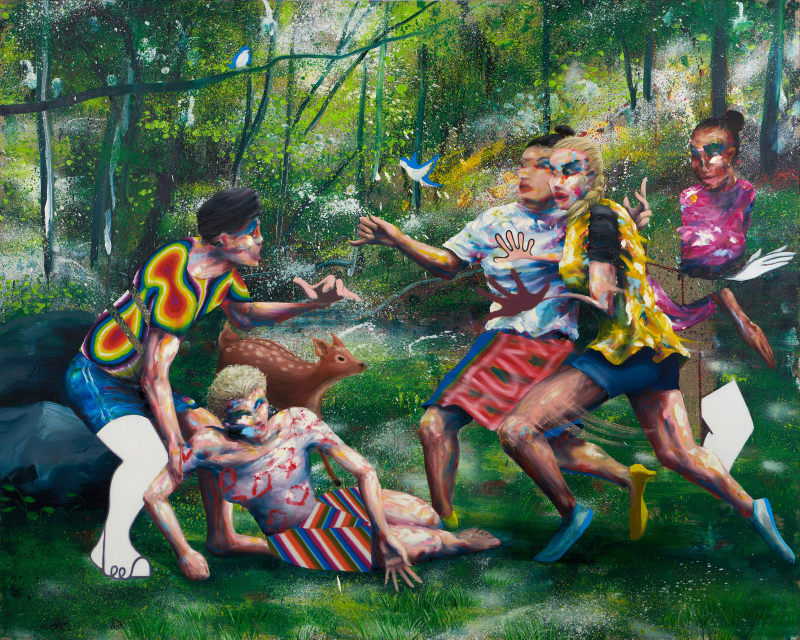

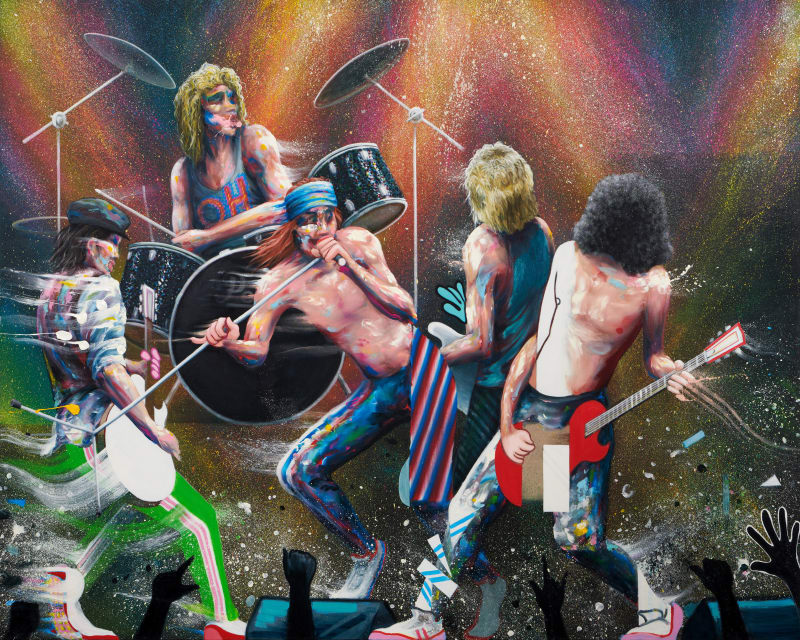



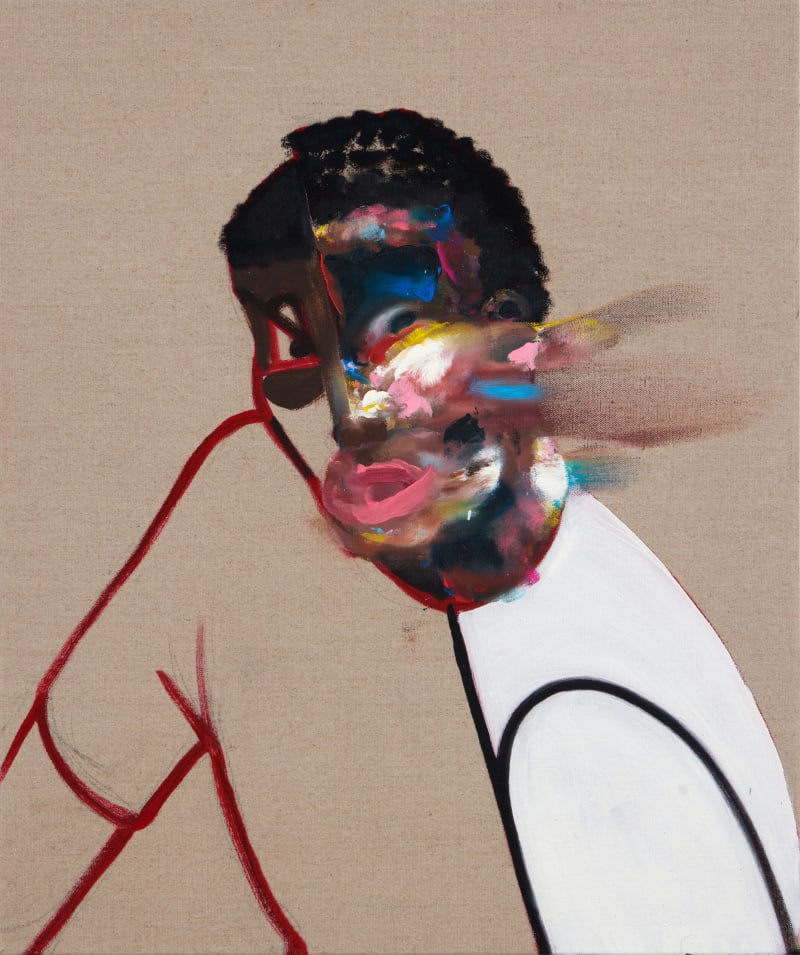
![Thomas Agrinier, Etude 2 pour S’okay [Study 2 for S’okay], 2019](https://artlogic-res.cloudinary.com/w_800,c_limit,f_auto,fl_lossy,q_auto/artlogicstorage/htg1979/images/view/fbb649974e9169677e139f7ffc29d2b6j/hollistaggart-thomas-agrinier-etude-2-pour-s-okay-study-2-for-s-okay-2019.jpg)
![Thomas Agrinier, Benvenuti! [Welcome!], 2018](https://artlogic-res.cloudinary.com/w_800,c_limit,f_auto,fl_lossy,q_auto/artlogicstorage/htg1979/images/view/b2e02cd50388c94054c3adb05184bb4cj/hollistaggart-thomas-agrinier-benvenuti-welcome-2018.jpg)


![Thomas Agrinier, La mauvaise réciprocité [Bad reciprocity], 2019](https://artlogic-res.cloudinary.com/w_800,c_limit,f_auto,fl_lossy,q_auto/artlogicstorage/htg1979/images/view/4648f34270e9eca865b8e6e910d83628j/hollistaggart-thomas-agrinier-la-mauvaise-r-ciprocit-bad-reciprocity-2019.jpg)

![Thomas Agrinier, Migrantes [Migrants], 2020](https://artlogic-res.cloudinary.com/w_800,c_limit,f_auto,fl_lossy,q_auto/artlogicstorage/htg1979/images/view/dd40b9b8ffdc3818a6e2e8b122f7487bj/hollistaggart-thomas-agrinier-migrantes-migrants-2020.jpg)


